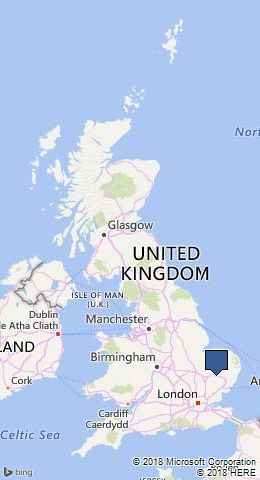
Ickworth by munki-boy
Ickworth
Ickworth is a historic house and gardens managed by the National Trust. With a history of occupation and garden development going back 750 years the area was previously a deer park.
The current house was built from 1795 onwards and was started by Frederick Augustus the Earl of Bristol and Bishop of Derry. The property was acquired by the National Trust in 1956.
The main part of the house at Ickworth is the notable ‘Rotunda’ a round two story building with domed roof, flanked by two wings in a crescent shape. The Rotunda at Ickworth is decorated on the exterior with many panels showing classical scenes which are highly detailed.
The small side gate leading into the gardens at Ickworth frames a view of the Rotunda perfectly. The gate has interesting motifs carved into the upper stonework that seem to have been modified as they are partially obscured by stonework. One of the motifs can be seen to be inset, perhaps to accommodate an older gate on the hinge side. The formal gardens at Ickworth have a section surrounded by large hedges with various summer seats or follies. The Stump Garden at Ickworth is one of many informal garden areas and contains many upturned stumps of old trees. There is also a small stone feature of hexagonal columns reminiscent of the Giants Causeway or Fingal’s Cave where volcanic basalt rock has cooled to form hexagonal shapes.
Also hidden away in the gardens at Ickworth is a small tunnel, leading to a bat hibernaculum of thirteen vaults.
Created: 27 November 2016 Edited: 29 November 2023
Ickworth
Local History around Ickworth
There are some historic monuments around including:
Site of Little Saxham HallBlack DitchesChurchyard cross in St Andrew's churchyard, Pound GreenRound barrows, Risby Poor's Heath EastSite of Hawstead Place and associated fishpondsTwo moated sites adjoining St Andrew's Church, with associated remains of medieval settlement at Pound GreenMoated site at Doveden HallBury St Edmund's Abbey: including the monks' cemetery and outer precinct and vineyard wallsThe Chapel of the CharnelSettlement site W of Hengrave millSites NW and SE of Fornham All SaintsMoated site at Depden HallSt Saviour's HospitalBabwell Friary (remains of).


